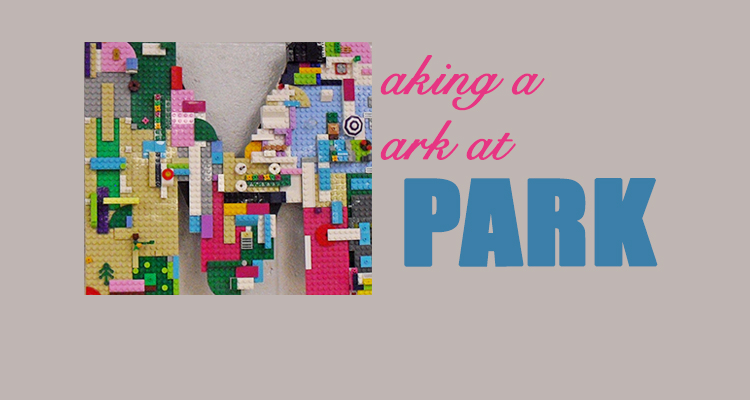Shadows run in faint diagonal lines across the carpet in one corner of Wheeling Park High School’s sprawling media center. They show where book stacks used to be.
Now, work benches with vice clamps located handily on their sides dot the space. It’s a “makerspace” — aimed at bringing a generation used to scrolling, liking and posting back to a form of learning that pre-dates not only the multi-faceted center’s computer lab but whatever literary classics might also remain in bound form.
“It lets kids use their hands and collaborate with other students,” said Christine Harden, Park’s technology integration specialist and coordinator of the makerspace. “Too many kids spend too much time in front of a TV screen or computer screen, and this is another kind of outlet.”
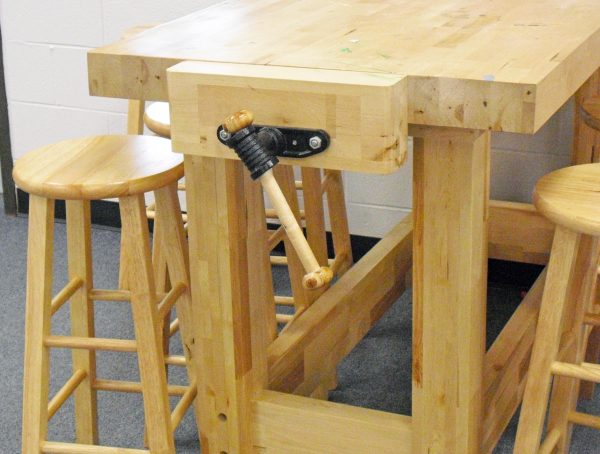
Harden, who has both taught on the career and technology side of education and served as a media specialist for Ohio County Schools, may be the natural leader. A maker herself, she once had a side sewing business that produced everything from daywear to historically accurate costumes.
Sharing the evolving space with Weelunk in a recent interview, she pointed out that work tables geared toward discussion and creation instead of sitting and listening are just the beginning. The makerspace also has shelves full of crafty materials such as beads, string and colorful paper; equipment that can turn graphic designs into vinyl decals for everything from T-shirts to mugs; and a supply of recyclables ready to be turned into something.
Recently, that something was a series of Christmas ornaments and decorated glass bricks produced by a financial algebra class, Harden explained. The class — which focuses on daily-life math such as doing taxes and managing bank accounts — made the items and then sold them.
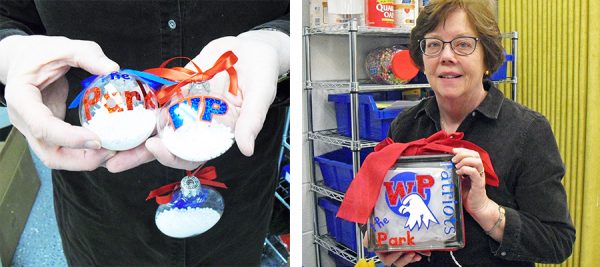
“They made $700,” Harden said of the business effort, called Market@Park.
Turning that profit, which will go to teacher micro-grants, wasn’t easy, though. She explained the students’ first effort — a plastic globe ornament — did not sell well. Students/makers switched things up to a flattened, glass model, and sales took off — an unexpected lesson in meeting customer demand.
Other recent space successes don’t necessarily involve business. A special education class tapped into students’ interest in earthquakes to study the physics of structural stability. Students made miniature buildings, inserted them into pans of set gelatin and timed how long they could be shaken without collapsing.
Students in Park’s STEM Club (Science, Technology, Engineering and Mathematics) have tentative plans to makerspace their way to a chair-building competition. Only full-sized models that can hold up an adult with nothing but glue and cardboard need apply.
Harden hopes to see even more classes in the space, particularly those with students who might not have access to more extensive “making” time and equipment managed by Park’s extensive career and technical programs.
“It’s used,” Harden said of the space and ongoing training to acquaint staff with what can be done with some $50,000 worth of equipment and supplies provided by Schenk Foundation, Southwestern Energy and The Education Alliance. “It’s probably not used as much as it could be. It’s just a matter of teachers being more comfortable with it.”
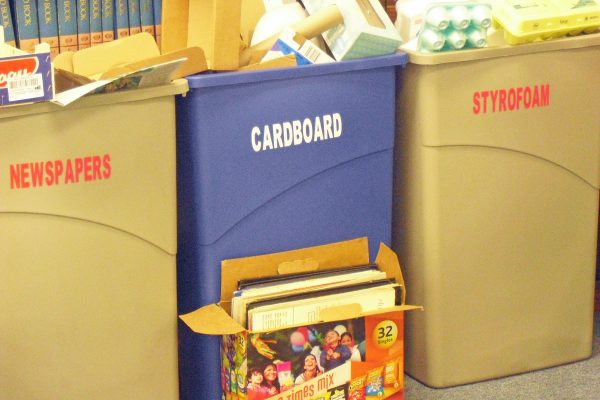
Crafty and Then Some
The possibilities include more than crafty types of “making.”
“We just harvested our lettuce,” Harden said, moving behind a bookshelf to look at a small hydroponic garden paid for by a grant from Try This West Virginia.
The grow-light garden is a system of white plastic tubes and a water reservoir made out of the kind of sealed tub commonly used for storing stuff in one’s basement. (In the 1970s, there was no need for water supply in the middle of a “library.”)
The tubs and tubes are empty right now, but Harden said she and a handful of student aids are planning on a new planting in addition to maintaining the herbs that are growing in miniature garden setups. They will monitor pH, make crop plans and hope to produce enough of something to eventually provide some raw materials for students in Park’s culinary classes.
“We’re learning this together,” she said of working alongside the aides.
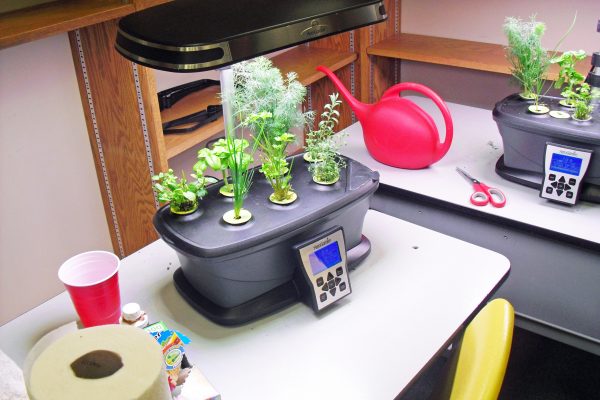
A Fab-Lab Future?
Learning together may be the future. The massive media center, which looks out on rolling pasture land, doesn’t really have all that many read-it-by-yourself books.
“Libraries have evolved,” Harden said. She noted students are generally only in the center if brought in with a class. This is due to modern restrictions on student movement throughout the building and creates a situation that practically demands action vs. browsing. “We don’t even have a card catalog.”
And, they don’t really need one. Beyond time and access issues, things have just changed, she added. Research for class assignments is mostly done via computer, much of it through an educational database. While there is still some checking out of actual books, the school also links students interested in class-related or recreational reading to the Ohio County Public Library’s online collection of titles.
Such changes are reflected all over the center in addition to what is happening in the makerspace. Specialists, who are now more likely to be trained in technology rather than media, teach things such as the correct way to use the internet, cyber security, coding and robotics, Harden said.
And space uses now range from SAT/ACT testing to group-project space to computer labs to a copy center operated by a vendor under contract with the school system. She sees a day when the makerspace and Market@Park could lead to evening hours, particularly to allow classes on how to use the equipment that can cut vinyl and other light-weight materials.
“In the past, kids would come in here, and it was, ‘You can’t talk. You have to be quiet,’” Harden noted. “(Now) it’s more of a place where kids can talk, collaborate. I think, eventually, it will turn into more of a fabrication lab, a fab lab.”
Harden, looking around at this brave new hub of activity and information access, chuckled at this point.
“I think there are always going to be books,” she qualified. “What do you do when the internet goes down?”
• Nora Edinger writes from Wheeling, W.Va., where she is part of a three-generation, two-species household. A long-time journalist, she now writes in a variety of print and e-venues, including her JOY Journal blog at noraedinger.com. Her first work of fiction, a Christian beach read called “Dune Girl,” is available on Amazon Kindle.


